Apple details Mac OS X Snow Leopard Up-to-Date Program
The Mac maker has broken the Up-to-Date Program into two sections: "Hardware Up-To-Date" for customers purchasing a new Mac running Mac OS X client software and "Mac OS X Snow Leopard Server Up-To-Date" for those buying an Xserve running Mac OS X Server.
Hardware Up-To-Date
Customers who purchase a qualifying new Mac computer (list of models) or a qualifying Apple Certified Refurbished computer (list of models) on or after June 8, 2009 that does not include Mac OS X Snow Leopard can upgrade to Snow Leopard for $9.95 plus tax.
To participate, your completed order form must be postmarked or faxed within 90 days of the date of your purchase of the qualifying Mac or by December 26, 2009, whichever is earlier.
If you purchased your Mac directly from the Apple Online Store, follow one of these links to participate in the program:
If you purchased multiple qualifying Macs on a single invoice, you can either (1) purchase a Single-User Upgrade Kit for each qualifying product, at a cost of $9.95; or (2) purchase fewer Single-User Upgrade Kits and request the Right to Copy for the remaining qualifying products.
If you purchased your computer from an Apple Retail Store or an Apple authorized reseller, follow one of these links to participate in the program:
Those customers who instead prefer to mail or fax their order can instead download and print this order form [PDF].
Mac OS X Snow Leopard Server Up-To-Date
Customers who purchase a qualifying Xserve [ MA882LL/A, MB449LL/A. Z0E7, Z0FR, Z0GM ] or an Apple Certified Refurbished Xserve (list of models) on or after June 8, 2009 that does not include Mac OS X Server v10.6 Snow Leopard Unlimited Client software can also upgrade to Mac OS X Server v10.6 Snow Leopard Unlimited Client for $9.95 plus tax.
Again, completed order forms must be postmarked or faxed within 90 days of the date of your purchase of a qualifying Xserve or by December 26, 2009, whichever is earlier.
If you purchased your Xserve directly from the Apple Online Store, follow one of these links to participate in the program:
If you purchased your Xserve from an Apple Retail Store or an Apple authorized reseller, follow one of these links to participate in the program:
Those customers who instead prefer to mail or fax their order can instead download and print this order form [PDF].
Delivery
Once Mac OS X 10.6 Snow Leopard becomes available in September, Apple says it will ship out upgrade discs "within 24 hours" of receiving a customer's completed order form and the required payment.
Upgrade discs will ship out via U.S. mail (U.S. postal delivery typically takes 3 to 7 working days). Canadian orders may require additional delivery time due to customs processing.
 AppleInsider Staff
AppleInsider Staff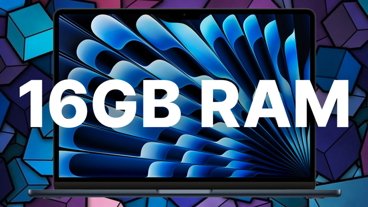
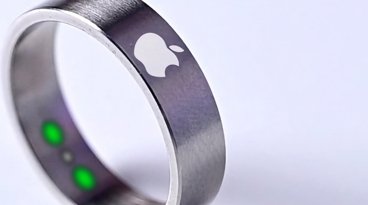
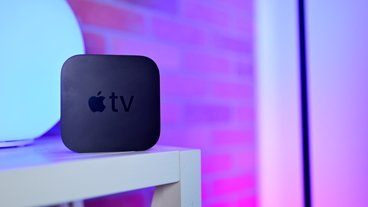

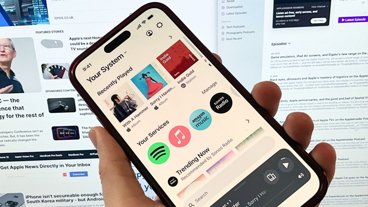

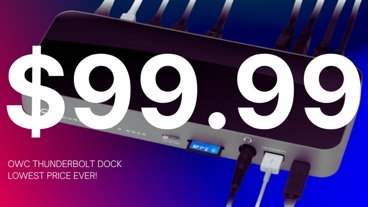
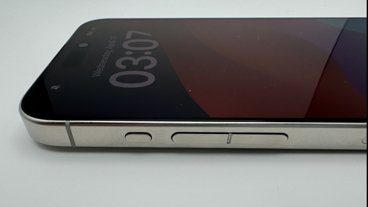
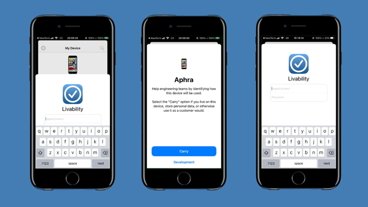
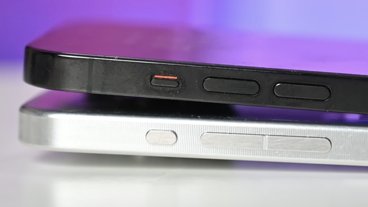
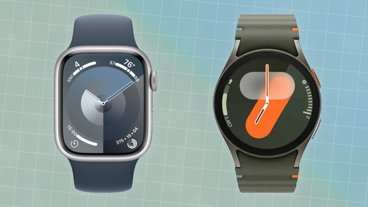
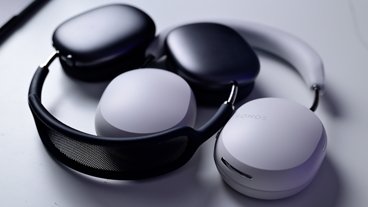
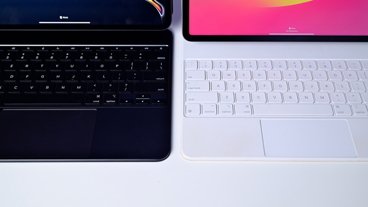
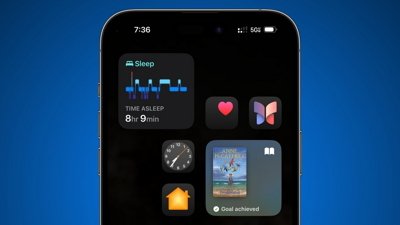
 Amber Neely
Amber Neely
 Thomas Sibilly
Thomas Sibilly
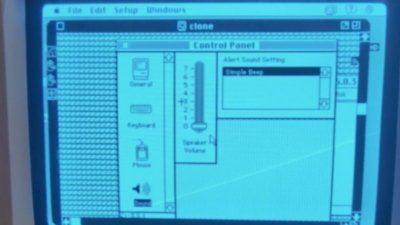
 William Gallagher
William Gallagher
 Malcolm Owen
Malcolm Owen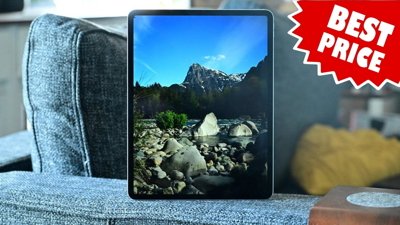
 Christine McKee
Christine McKee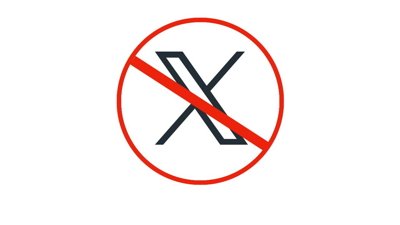
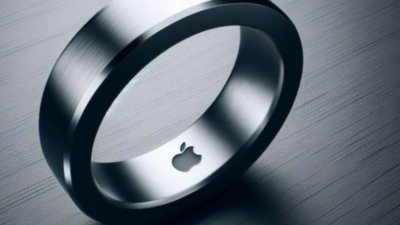
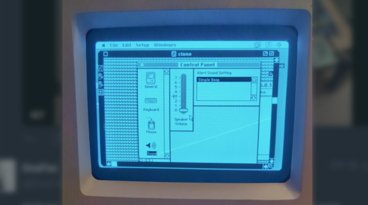
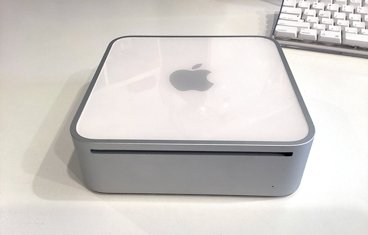
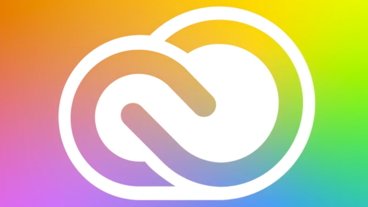
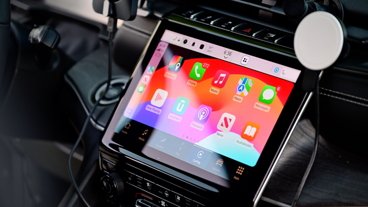
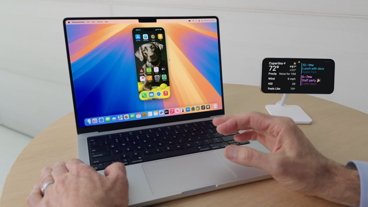
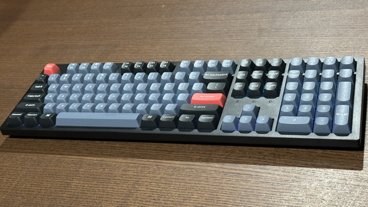

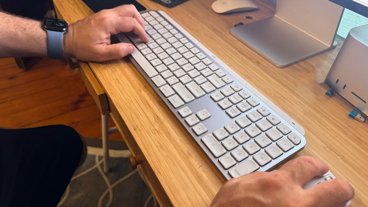

53 Comments
Upgrade Disks are a troubleshooters pain in the ass later on!
My advice, wait a bit until you can get the original Snow Leopard OS disks if all possible with a new machine. Especially for newbies!If your a bit more adapt, learn to clone your Leopard boot drive to another hard drive.
Wait until there is a Snow Leopard update for cloning software and Snow Leopard is stabilized before cloning the new OS over your old Leopard clone.
Always have at least one other hard drive to "option" boot from that contains your snapshot of your original boot drive (including cloning software to reverse clone) before making any drastic changes. Two hard drive clones are preferred, keep one staggered back in time.
With a OS update, lots of things break and/or may require a costly update your not prepared to pay or wait for.
Don't be one of those "Snow Leopard broke my Photoshop and I don't have a backup!!" type crybabies later on.
Visit Carbon Copy Cloner or Superduper websites to learn how to clone your Leopard boot drive properly. I always Erase w/Zero any new drive regardless to improve data retention.
Cloning will save your bacon one day. It has mine twice. >>>For newbies or if you can't understand cloning, just wait until Snow Leopard is stabilized and confirm all your present software will work before you update. Until then, just keep your Time Machine drive connected and wait for the all clear.<<<If your interested in my method for cloning, check out the Genius section of AppleInsider
http://forums.appleinsider.com/showthread.php?t=32364
Quick, simple question: Does anyone have insights on how a family pack for 10.6 will be priced in a situation in which one of four machines at home is on Tiger, and the rest, Leopard?
(I wonder why Apple required me to enter my id and password to access this information - I figured I'll post the question here instead, since others in a similar situation may also benefit from the kindness of an answer.)
It seems that some folks would be better off picking up the Mac Box Set (Leopard/iLife '09/iWork '09) which I have seen for as little as $125 on Amazon, and then order the $29 Snow Leopard upgrade separately.
Quick, simple question: Does anyone have insights on how a family pack for 10.6 will be priced in a situation in which one of four machines at home is on Tiger, and the rest, Leopard?
(I wonder why Apple required me to enter my id and password to access this information - I figured I'll post the question here instead, since others in a similar situation may also benefit from the kindness of an answer.)
Family Pack OS X Snow Leopard will be $49!
Family Pack OS X Snow Leopard will be $49!
Are you sure? Why does Apple's tech specs page (www.apple.com/macosx/specs.html) make a distinction between upgrading from Leopard and upgrading from Tiger:
Upgrading from Mac OS X v10.5 Leopard.
If your Intel-based Mac is running Mac OS X v10.5 Leopard, just purchase Mac OS X v10.6 Snow Leopard when it?s available and follow the simple installation instructions.
Upgrading from Mac OS X v10.4 Tiger.
If your Intel-based Mac is running Mac OS X v10.4 Tiger, purchase the Mac Box Set (when available), which is a single, affordable package that includes Mac OS X v10.6 Snow Leopard; iLife ?09, with the latest versions of iPhoto, iMovie, GarageBand, iWeb, and iDVD; and iWork ?09, Apple?s productivity suite for home and office including Pages, Numbers, and Keynote.